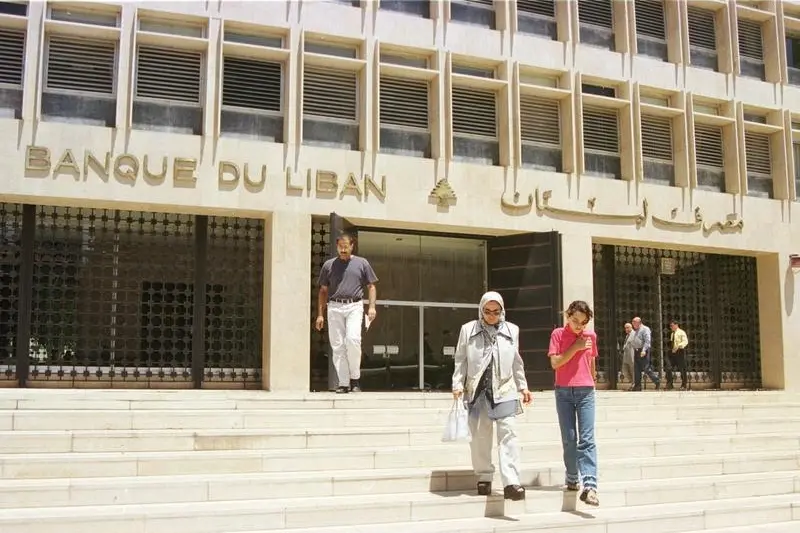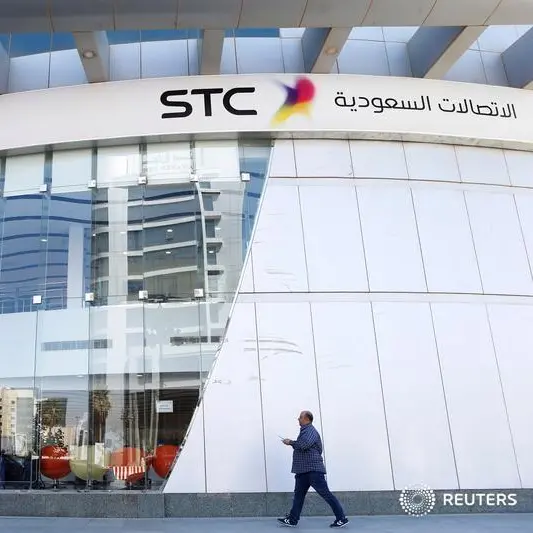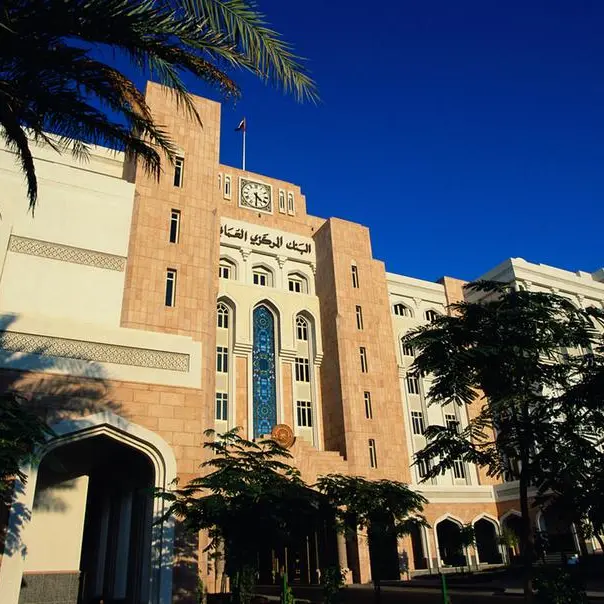PHOTO
In Lebanon and across the globe, the place of the central bank is far from definite
"The overall duty of the [Lebanese Central] Bank shall be the safeguard[ing] of currency as fundamental guarantee for permanent economic and social development, and more specifically:
- safeguarding a sound Lebanese currency
- safeguarding economic stability
- safeguarding the basic structure of the banking system
- developing the monetary and financial market"
Article 70, The Code of Money and Credit
Humans want more. In a recent speech about the impact of European monetary policy on interest rates, Germany's top central banker Jens Weidmann cited research at the crossing point of behavioral economics and neurology, showing that nominal growth in personal income creates a jolt of pleasure even when the real income is stagnant. Although the price of goods available to them doubled during an experiment measuring emotional responses to wage changes, he said, participants' MRI scans showed increased blood flow in a brain area responsible for moods when they received twice the wage.
"In short, when having constant real income but higher nominal earnings, participants in the experiment were of a better mood" Weidmann offered as explanation for why the current European low interest rate environment of less than 1 percent is perceived badly by consumers. Different to earlier periods of negative real returns on deposits when interest rates of 5 percent on bank deposits were completely consumed by 7 percent inflation, the Bundesbank president noted that current low interest rates in the eurozone are still facilitating, albeit minimal, positive returns because inflation is even lower than interest rates.
But rational and modest does not seem to be the trick when it comes to the relationship between human minds and money. This suggests that our financial economies are constantly and dangerously exposed to the irrational, period -- and not just sometimes to irrational exuberance as per Alan Greenspan's often quoted word.
Central banks and the state
The curious mission of keeping finance rational is what central banks have been increasingly tasked with in the industrial and post-industrial ages. More specifically, this mission is encapsulated in the goal of producing price stability, which counts among the essential mandates of the Federal Reserve System in the United States and is the primary goal or outright raison d'être of other top central banks such as the Swiss National Bank, the Bank of England, the Bank of Japan and the European Central Bank (ECB).
Central banks are younger institutional concepts than the subdivision of state power into the legislative, executive and judiciary, which enlightenment thinker Montesquieu discussed as the most successful public sector management model. Montesquieu did not include an economic agency in his description of the successful British system -- no wonder given that they had barely entered their conceptual formation stage. When the French philosopher of the state visited European capitals and described their systems of governance in the first half of the 18th century, the earliest institutions of the type that in today's hindsight are called central banks had just been formed, but under mandates that were far removed from present day public interest objectives.
These precursor "central banks" in Sweden and England were firstly banks to the sovereigns and their -- usually conflict-related -- borrowing needs. Footing on earlier money lending traditions where taxes and levies did not suffice to finance royal wars and regal consumption, the first banks associated with central banking were given privilege of currency issuance as part of their reward formula for investors with enough risk appetite and willingness to lend to their sovereign, whether it be a king or an emerging nation state. With passage of the next few centuries, the role of central banks morphed from being bankers of kings and privately held lenders to the state to becoming organs of the state and, increasingly, branches of government.
Growing from a more democratic root than central banks in the Old World, the Fed in the United States was created on a state affirming track in response to financial market problems of early 20th century capitalism, most notably the Knickerbocker Trust crisis and stock market panic in 1907. The Federal Reserve System, which celebrated its 100th birthday at the end of 2013, became in many ways a blueprint for present day central banking. Being state organs, however, until deep into the 20th century did not necessarily mean that central banks had autonomy or clear orientation towards national economic growth. Germany's Reichsbank, for example, was all too easily converted into an instrument of totalitarianism under Nazism.
Banque du Liban
In our part of the world, the Ottoman Empire participated in a central bank from the middle of the 19th century whose majority shareholders were British financiers and a forerunner institution of French bank BNP Paribas. Along the eastern and southern rim of the Mediterranean, including Lebanon under British and French mandate rules after the demise of the Ottoman Empire, central banks were making their initial appearances as foreign owned or dependent institutions that were authorized for currency issuance by mandate powers and then national governments.
After several decades of relying on currency issuance at Banque de Syrie/Banque de Syrie et du Liban, the Lebanese Parliament in 1963 established the legal framework for Banque du Liban (BDL), which commenced operations in 1964. Situated in a world region that had emerged from centuries of foreign domination and was permeated by political troubles and confrontations, the institution of BDL appeared very modern and primed for the evolving functions of a central bank, judging by the law that established it.
Governed by the Code of Money and Credit, BDL is tasked with four mandates according to the Code's article 70: safeguarding the currency, economic stability and the banking system, as well as developing financial and capital markets. Key operational functions of BDL are covered by article 81, and the institution's role as banker to the Lebanese state is set out in article 85.
In line with its mandate, BDL plays an extensive role in the licensing and supervision of the banking sector. The relationship between the central bank and the government is defined in article 71, which reads, "The Bank shall cooperate with the Government, advising it on matters of economic and financial policy, so as to promote the highest degree of coordination between its mission and the Government's objectives."
The interaction between BDL and the government is further elaborated on in the Code's article 72, which says the Bank is to act as adviser and warner to the government: it may propose measures that it deems positive regarding the balance of payments, movement of prices, public finance and economic development in broad terms. It ought to draw the government's attention to facts that in central bank judgment could be harmful to national economy and currency. The government shall seek its advice on "matters related to money" and invite the central bank governor to join in deliberations of such questions.
Along with the procedure for appointing the central bank governor and the position's resilience against political influencing, the processes for sorting out conflicts between a central bank and the government are key considerations for assessing the effectiveness with which central banking institutions can act as guardians of confidence and stable development of a national economy or, nowadays, transnational economic spheres.
Independence of central banks
Central bank independence from outside interference is generally viewed as decisive for the institution's ability to achieve its mandate of price stability in the economy. This perception goes hand in hand with the assumption, which gained widespread acceptance since the 1980s, that central bank independence is excellent for the economy. When the International Monetary Fund (IMF) -- in its function as the swarm intellect hive of the world's central bankers -- published an overview of Central Bank Independence (CBI) some years ago, the spirit of the research was driven by the ruling assumptions that, when it comes to the issue of monetary policy, central bank independence is a practice associated with democratic countries or their increasing democratization and that central bank independence is fortuitously correlated with both higher transparency of the institution and, crucially, also with lower inflation.
However, the claim that CBI is good for keeping inflation under control is not totally clear cut. As the authors of the IMF supported paper noted, "While the theoretical case for CBI appears to have been accepted, empirical studies have found surprisingly limited evidence of independence delivering its promised anti-inflation benefits in practice."
Critics of the CBI paradigm, and central banking and multilateral agencies like the IMF in general, go much farther. Not to delve here into the accusations that globalization foes and occupy movements level against institutions such as the World Bank, ECB, G8 and wealth per se, both some highly noted and some lesser known development economists are very skeptical of the tying together of central bank agendas under orchestration by multilateral agencies and large economic powers. To give just one academic example, rather vocal economist Joerg Bibow at Skidmore College in the US once not long ago derided mainstream CBI literature as being of "theoretical shallowness and practical irrelevance."
In his own elaborations, Bibow highlights a post Keynesian perspective on central banking, citing the master of demand side economics as favoring independence in the choice of tools or instruments for achieving monetary goals but not in the setting of these goals. According to Bibow, "Keynes wanted the central bank to cooperate on an even level with the Treasury, while reserving ultimate responsibility over monetary policy for the government, which, in turn, is subjected to parliamentary control."
Central bank independence becomes even more of a conundrum when seeing the increasing importance of monetary policy and incisive central bank measures in the years since the Great Recession, versus the perplexity related to democratic legitimization of the institution. Thomas Piketty, the best selling French economist, went as far as describing central banks as "the only public institution capable of averting a total collapse of the economy and society in an emergency."
In his analysis of the responses to the global crisis of 2008, Piketty says that a Great Depression-style collapse of the financial system was averted because governments and central banks of the wealthy countries this time around agreed to create the liquidity necessary to avoid the waves of bank failures that led the world to the brink of the abyss in the 1930s.
One may want to debate the true extent of central banking power in the present time, and Piketty acknowledges that central banks "did not really provide a durable response to the structural problems that made the crisis possible, including the crying lack of financial transparency and the rise of inequality."
Notwithstanding their shortfalls as total solution givers (Piketty of course sees the seed for a superior answer in a global wealth tax), it would today be hard to find a credible voice that would dispute the overall importance and massive expansion of influence of central banks in the post 2008 era. The Fed has the balance sheet size of a financial superpower never seen before in history, and for the past year and a half, international markets shuddered in anticipation of every statement by Fed chair Janet Yellen. Never did the concept of "patience" attract more ad hoc attention than when Yellen addressed finance stakeholders in 2014 and the first quarter of 2015.
Designing economic policy from Europe to Lebanon
In Europe, the question of half a continent's political future and economic fortune is associated with the matter of "structural reforms" expounded relentlessly by ECB head Mario Draghi. As Executive goes to print, the latest factor in this debate is a brand new European "roadmap for the future of the economic and monetary union" -- a catalogue of proposed developments and new economic and financial instruments, centered on "joint decision making in common institutions."
This discussion paper, published under lead authorship of European Commission President Jean-Claude Juncker, describes the Economic and Monetary Union (EMU) with a media quotation-inducing moniker as "a house that was built over decades but only partially finished."
To be able to withstand huffing and puffing by any big bad wolf of whatever upcoming existential crisis, the EMU according to the roadmap needs to advance by implementing a greater economic union, financial union, fiscal union and finally (for establishing the foundation of it all) political union. To top out the new structure, a euro area treasury -- a government entity that would be the natural policy-setting correspondent for the ECB -- is to be created by 2025 at the latest, the discussion paper proposes.
Whatever form and success rate this EMU process will produce in the next 10 years, it appears indubitable that it will have far reaching implications for reshaping both the powers and needed controls of the European Central Bank and for informing, due to the European economic size, central banking in developed and emerging economies. Plus, as the evolution of central banking in the global political and economic contexts of the current time by all signs will continue to be a process of many new turns and uncertainties, the story of this fundamental institution is evidently far from complete and can be expected to deliver many further surprises.
Lebanon, as a small economy with multiple interconnections and outright dependencies on global finance, will be massively influenced by whatever happens at the Fed, ECB and perhaps other central banks between Bern and Beijing. This interdependence is the large outlook, probably regardless of the eventual adoption of an autonomous national monetary policy practice in Beirut.
However, when viewing the state of central banking not from the Washingtonian halls of political power, or from the lofty heights of academic discourse, but from the muddy and many holed sidewalks of business journalism in Beirut, the immediate question is not about BDL's role in implementing monetary policy and managing the currency peg or its important responsibility in regulating and supervising banks and financial companies.
Even the crucial issue of legitimating central banks under democratic principles while enabling them to act without political interference is not today's topic for concern in Lebanon. Nay, what the country has to deal with is a question that is not part of any established international debate, political or academic: what are the implications if a central bank is assuming the de facto job of designing economic policy and at the same time issuing and implementing incentives for economic growth because the government is on an extended trip into no decisions land?
Thomas SchellenThomas Schellen is Executive's editor-at-large. He has been covering Middle Eastern markets and business for nearly two decades.
© Executive 2015












